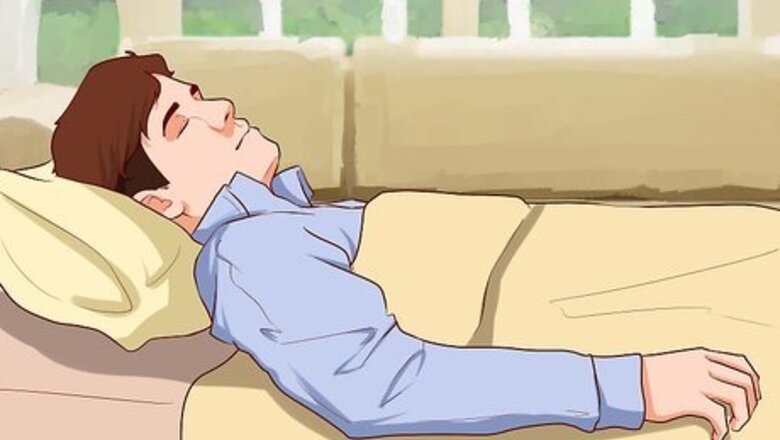
views
Sleeping in the Correct Position
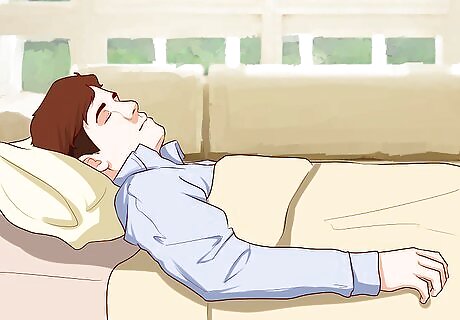
Sleep on your back. The best sleeping position for people with scoliosis is flat on the back. This is a neutral position that does not cause any unnecessary strain or create any unnatural curves in the spine. This position is especially preferred for people who have a lateral spinal curvature.
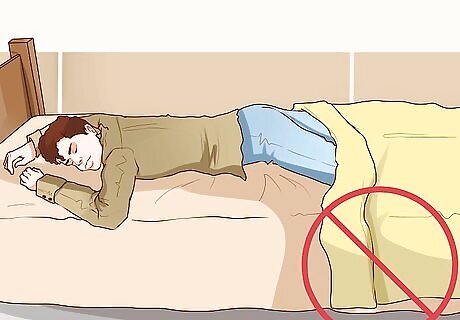
Avoid sleeping on your stomach. Sleeping on your stomach is very bad for your back if you have scoliosis. This is because the position forces the middle and lower sections of your spine to be straight, and your neck to twist.
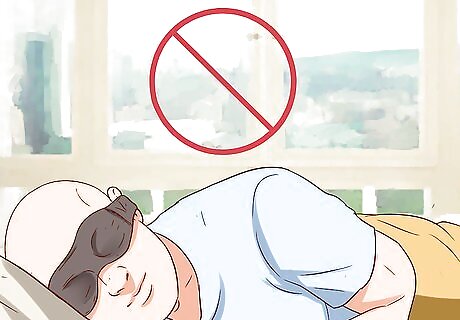
Try not to sleep on your side. While not as bad as sleeping on your stomach, sleeping on your side is also not ideal for scoliosis patients. This position may cause unnecessary pressure on your pelvis, neck and shoulders.
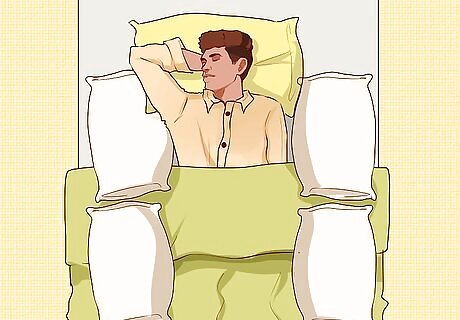
Train yourself to sleep in a new position. If you're not used to sleeping on your back, it may feel unnatural. If you find yourself instinctively changing to a different sleeping position during the night, you may need to use some tricks to break that habit. One option is to create a barricade around yourself with extra pillows so that you can't roll over. Another option is to tape uncooked peas (or any similar item) to your sides. This will make it uncomfortable to sleep on your side, so you will roll back onto your back.
Using the Right Supportive Devices
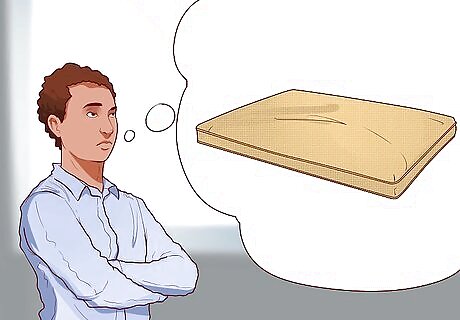
Invest in a good mattress. It's extra important to have a comfortable, supportive mattress if you have scoliosis. For most individuals, a medium to firm mattress is the best choice, although it's most important that you are comfortable. Memory foam may not be the right choice for people with scoliosis, as it does not always provide as much support as a traditional mattress.

Use supportive pillows. Many people who have scoliosis do not have the proper amount of curvature in their necks and low backs. Try sleeping on a cervical pillow and a lumbar roll to help encourage your spine to curve in a healthy way. A single pillow or roll is preferable to multiple pillows. Sleeping on a stack of pillows can be harmful.
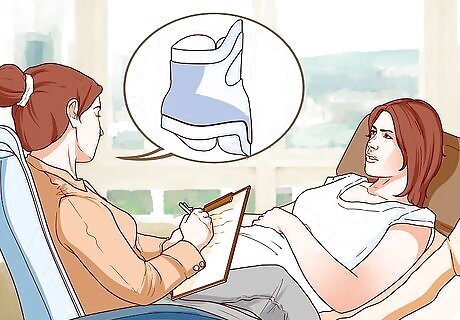
Follow your doctor's instructions about wearing your brace. If you have a brace to correct the curvature in your spine, it's important that you wear it as much as your doctor tells you to. Most patients are supposed to wear their braces 21 hours or more each day, which means they must keep them on at night.
Getting Better Sleep
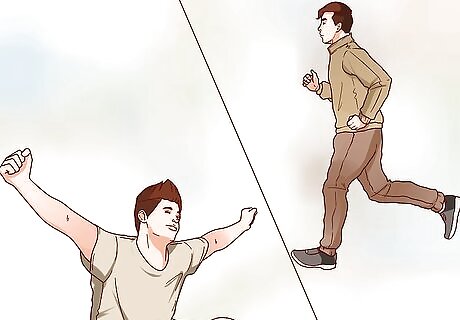
Stay active. Staying active during the day may help alleviate any back pain you have. It will also help you burn energy, which will make it easier to fall asleep at night. Aerobic exercise, stretching, and core-strengthening exercises are all great for people with scoliosis. Avoid contact sports, as well as competitive swimming, which can strain your back.
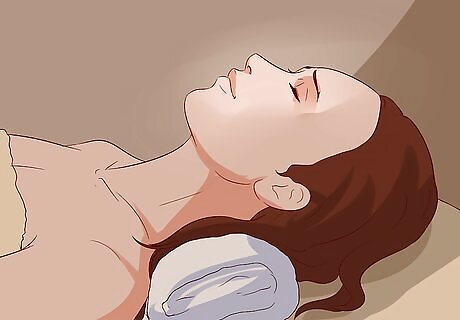
Keep it dark. People with scoliosis may produce lower levels of the hormone melatonin, which helps us sleep. Nighttime light, whether it's from a lamp, the television, or any other source, disrupts melatonin production for everyone, and this is especially bad for individuals who produce less of it to start with. Keep your room nice and dark to avoid disrupting your body's melatonin production. Children with scoliosis tend to have higher levels of growth hormone. When there are high levels of growth hormone in the body, melatonin levels will usually be low.
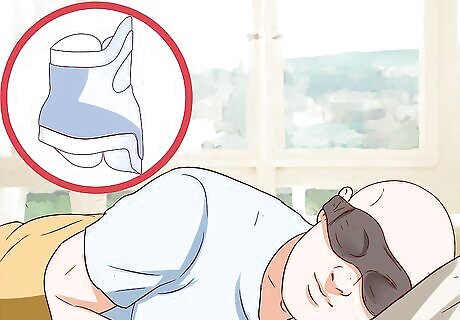
Be patient while adjusting to your brace. If you have just been given a brace to wear for your scoliosis, you may feel like sleeping comfortably in it will be impossible. Luckily, most people get used to their braces quickly, so it probably won't bother you at all after a week or two. If you continue to have discomfort while sleeping after the first few weeks, talk to your doctor and see if any adjustments can be made to the brace.
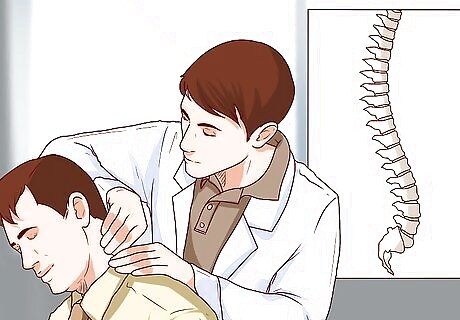
Manage your pain. While some people do not experience any pain from scoliosis, others suffer from severe pain. If pain is keeping you awake at night, talk to your doctor about the best treatment options for you. There are a variety of ways to treat scoliosis pain, depending on the severity of your condition. For mild pain, you can take over-the-counter NSAIDs, such as ibuprofen. If your pain is more severe, your doctor may suggest that you take prescription pain medication. Your doctor may also recommend spinal injections to help relieve pain, although these will only provide you with temporary relief. Physical therapy or chiropractic treatment may help you achieve long-term pain relief. If nothing else works to control your pain, your doctor may recommend surgery. The most common types of surgery performed for scoliosis are decompression surgery, which is done to remove a disc or bone that is compressing a nerve, and spinal fusion surgery, which is done to fuse two or more of the vertebrae together, thus improving the shape of the spine.


















Comments
0 comment